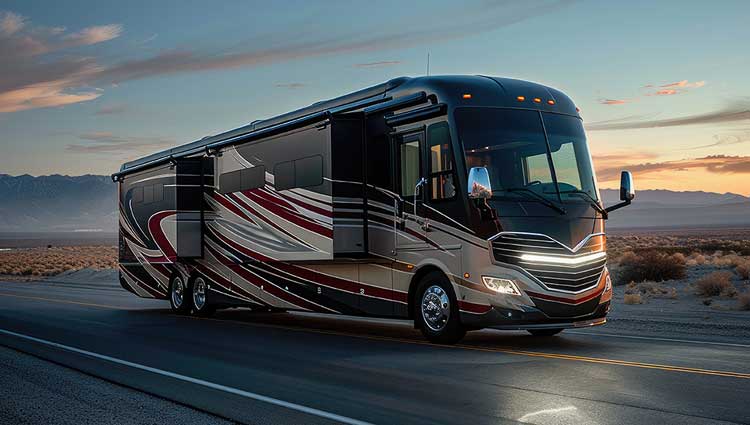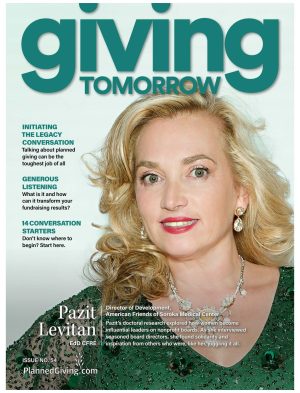Great donor stewardship is essential for your non-profit. Donor stewardship is the process of showing your donors that you appreciate their gifts and recognize them as essential parts of your team. Stewardship is essential for all donors, but particularly for major donors, who provide an outsized portion of your organization’s revenue. That’s why your organization’s major donor thank you letter is so important.
The stewardship process starts with the thank you letter. The way you thank your donors sets the stage for all of your other communications with them. If your supporters don’t feel properly thanked, it is highly unlikely that they will continue to give. In this article, we’re going to show you how to write an amazing major donor thank you letter.
There are 5 fundamental rules to writing a good major donor thank you letter. Here they are, in no particular order:
#1 – Separate the Thank You Letter and the Tax Receipt
Every donor to your organization should get two things after every gift: the first is a thank you note, the second is a tax receipt. Many non-profits make the mistake of combining these two items into one document. This is a mistake, because it turns a heartfelt note into a transactional tax document.
My recommendation is to separate the two items but send them in the same envelope. Thus, the envelope you send to a major donor after they make a gift will include a major donor thank you letter first, and behind it, a tax receipt from your organization. This way, your supporters will know how much you appreciate their gifts and will also have the information they need for filing their annual tax returns.
#2 – Make Your Major Donor Thank You Letter Highly Personalized
Major donor thank you letters should be highly personalized. While you can get away with sending form thank you notes to low dollar donors, major donors expect (and deserve) something more. Thus, while you should have a template ready for your thank you notes, you should highly customize each note that you send to major supporters.
Some fundraisers prefer to send handwritten notes to major donors. While this is a nice touch and shows donors how much they matter to your organization, you don’t necessarily need to send handwritten letters—you can also send a typewritten letter with a handwritten note on the bottom. Be sure that your major donor thank you letters include some customization that mentions specific items about the donor (e.g. “It was great seeing you at our June event!) or that details the donor’s specific interests (e.g. “I know how much you support our animal rescue program.”)
#3 – Be Mission-Focused and Emotional
One of the main reasons I suggest separating out your major donor thank you letters from your donor tax receipts is because your thank you letters can and should be opportunities for your to further cultivate and build relationships with your supporters. For this reason, your thank you notes should be mission-focused and emotional, rather than transactional.
Thank you notes can be a great place to tell a short story about someone the donor has helped through their gifts, or some of the plans you have been able to accomplish because of the donor’s support. Use your thank you notes to talk directly about your mission and the people you are serving—and don’t be afraid to get emotional. Good fundraising tugs on the heartstrings, and there’s no reason not to do so in your major donor thank you letters.
#4 – Recognize Long-Term Support from Long-Term Donors
While each of your major donor thank you letters will be sent out in response to a single gift, you should also use the letters to acknowledge and recognize long-term support from donors who have been giving to your organization for several years.
Thus, if a donor makes a $1,000 gift, the letter you send them should directly thank them for that gift, but also include language thanking them for the consistent gifts they have given annually. You can say things like, “John and Marie, we simply would not be where we are today without your unwavering support for the students we serve. Each year, your support warms our hearts and allows us to offer scholarships to those who need them most. Thank you!
#5 – Don’t Ask for Another Gift (Yet!)
Many nonprofits make the mistake of soliciting donors for a second gift as part of their thank you letters. The reason this is a mistake is because you don’t want your donors to feel like ATMs—you must first thank, recognize, and steward donors before you ask them for a second gift. Don’t ask for gifts in your major donor thank you letters.
When it comes to fundraising, your best bet is to let your cultivation (things like thank you letters, newsletters, and stewardship calls) be pure cultivation, with no asks included. This ensures that you’re able to build a strong and sustainable relationship with your donors. Then, when it comes time to make an ask, make it a pure ask. (In other words, let your cultivation be cultivation, let your asks be asks).
Don’t just throw together your major donor thank you letters. Your major donors are a valuable asset for your non-profit, who provide significant funding to your organization. For that reason, you need to create and send thank you letters that help build your relationship with them, and help put your organizations in the best place to maximize the lifetime donor value of each of your supporters.





